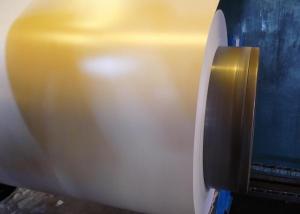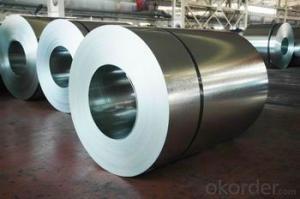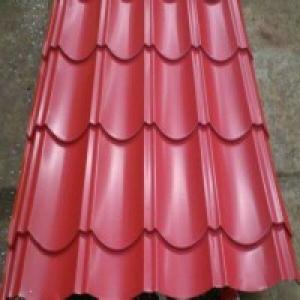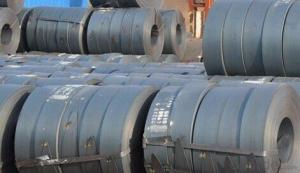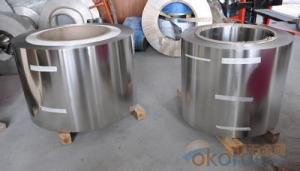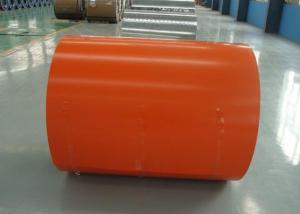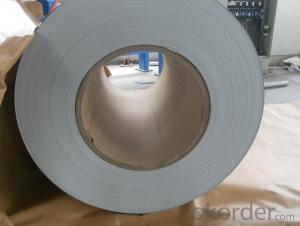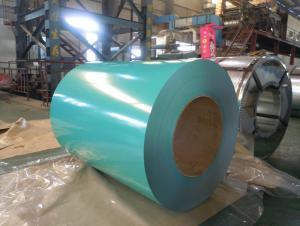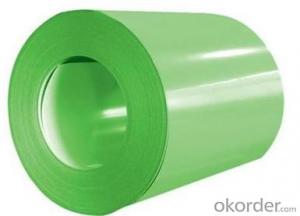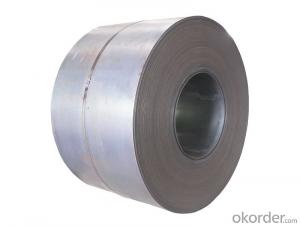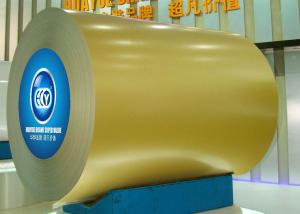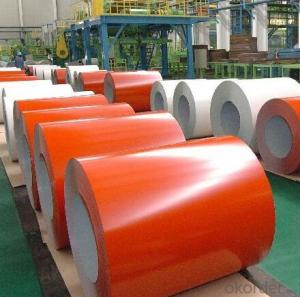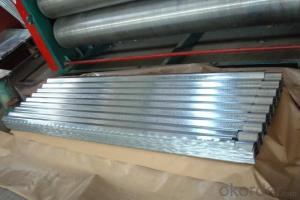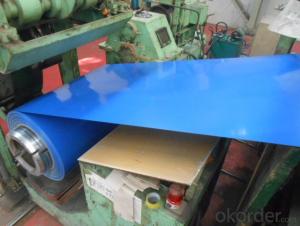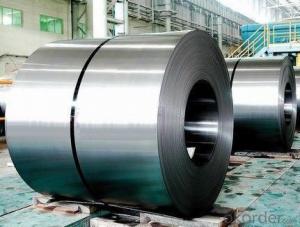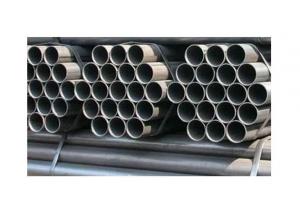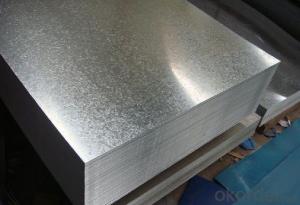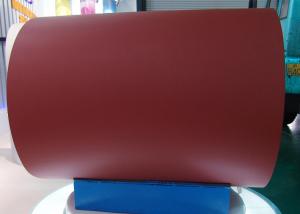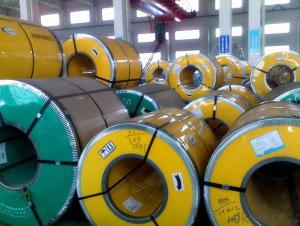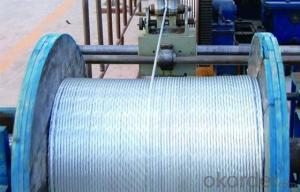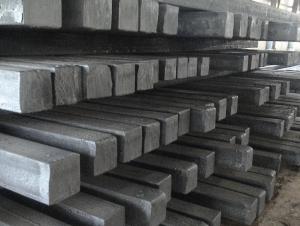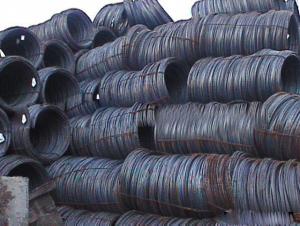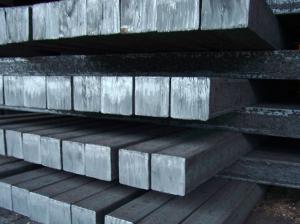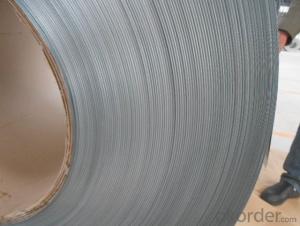Paint Galvanized Steel
Paint Galvanized Steel Related Searches
Galvanized Steel Paint Painting Galvanized Steel Paint For Galvanized Steel Spray Paint Galvanized Steel Painted Galvanized Steel Best Paint For Galvanized Steel Paint Stainless Steel Steel Galvanized Painting Stainless Steel Painted Stainless Steel Paint For Stainless Steel Stainless Steel Paint Powder Coating Galvanized Steel Painting Of Stainless Steel Painting On Stainless Steel Stainless Steel Color Paint Spray Paint For Stainless Steel Galvanized Steel Tank Galvanized Steel Panel Galvanized Steel Wall Panels Stainless Steel Spray Paint Galvanized Steel Panels Spray Paint Stainless Steel Black Stainless Steel Paint Galvanized Steel Post Weld Galvanized Steel Galvanized Tube Steel Galvanized Stainless Steel Painting Stainless Steel Black Liquid Stainless Steel PaintPaint Galvanized Steel Supplier & Manufacturer from China
Paint Galvanized Steel, a type of coated steel material, is known for its excellent corrosion resistance and aesthetic appeal. This product is achieved by applying a layer of paint over the surface of galvanized steel, which enhances its durability and extends its lifespan. Paint Galvanized Steel is widely used in various industries, including construction, automotive, and appliance manufacturing, where it is utilized for roofing, cladding, and structural components. Its versatility and protective properties make it a popular choice for both indoor and outdoor applications. Okorder.com, as a leading wholesale supplier, boasts a vast inventory of Paint Galvanized Steel, ensuring that customers have access to a comprehensive range of products to suit their specific needs and requirements.Hot Products
